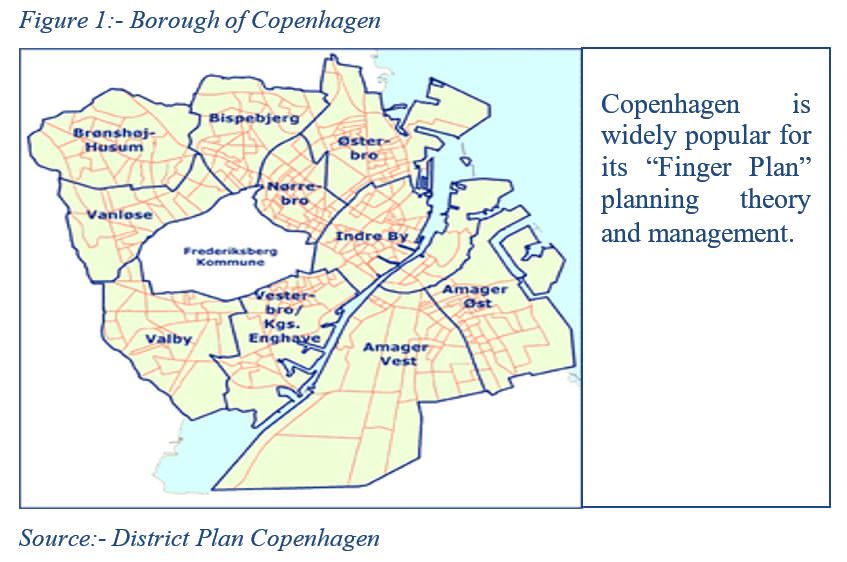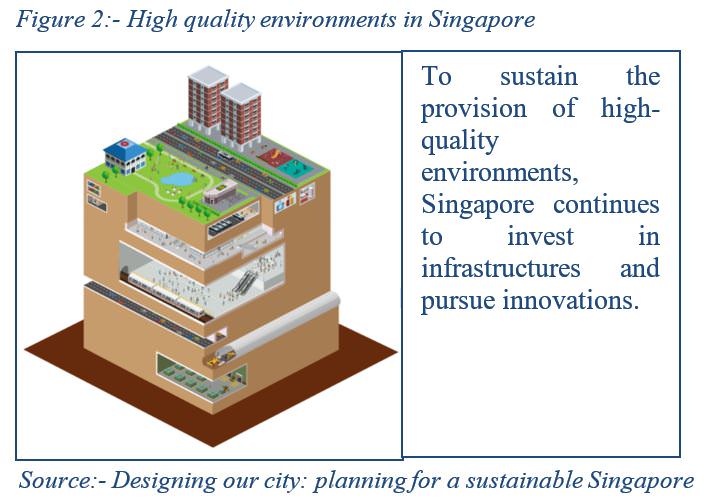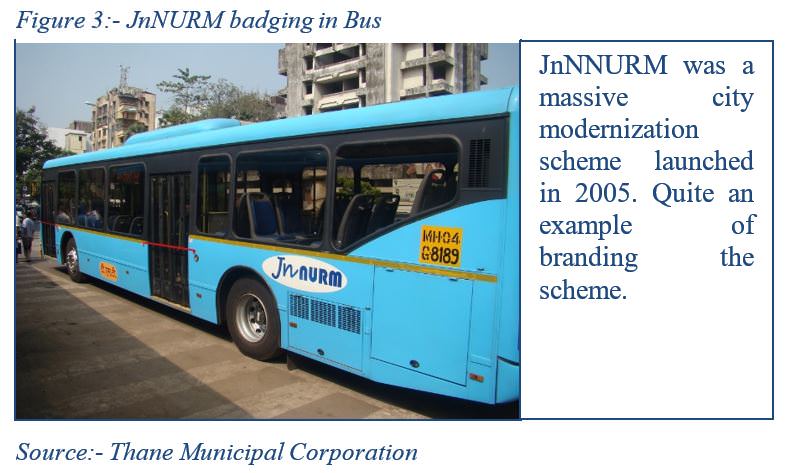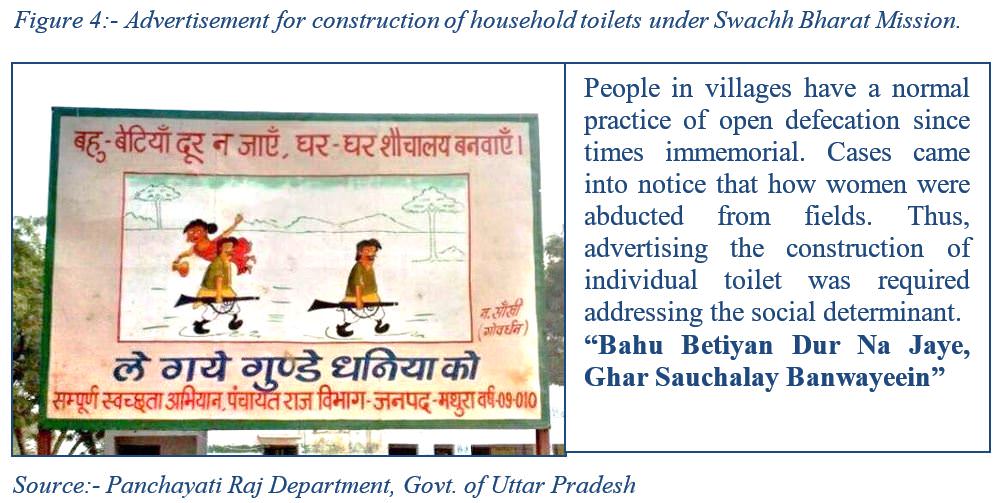Introduction
Build it and they will come. It is a well-meaning sentiment. But, to have a success in any field, constant and strategic marketing, keeps it running. In today’s time and age, understanding the new domains in how the world functions and arming the field with marketing plans can surely help take it to a next level.
The modern-day regional planning has risen in response to specific social and economic problems which were triggered by the Industrial Revolution during the end of 18th Century. There were cities before the industrial revolution like ancient Rome (Estimated Population of 1000,000 by AD 100), Elizabethan London (Estimated Population of 200,000). These towns in the modern era were critical in terms of most elementary arrangements of providing water, clearing refuse or sewage or for treating mass epidemics. Many of the towns also sprung so rapidly from villages and had virtually no arrangements. Thus, these problems were a few among many which gave a push for logical urban planning to be put forward as a solution. Architects like Le Corbusier were one among the pioneers to build model cities.
According to UN- Habitat the urban population of the world grew from 746 million (29.6% of total population) in 1950 reaching to 2.85 Billion (46.6% of total population) in 2000, 3.96 Billion (54% total population) in 2015 and finally 5.06 billion by 2030 (60% of the world population). So, taking population as an index of attraction towards cities and cities being an epitome of urban planning so there is an inclination of people to be in places where they can get the best of facilities thus urging the need for planning to marketed or sold to consumers.
Related Articles:
The Target Group & Market Scenario
Well, to understand and develop a selling perspective, the 1st thing that is needed to be done is to set the target group. The audience or the customer’s age group, working capabilities, anything and everything for an ideal customer, to get the desire results, need to be set. This may also include basic information like gender and knowing the behavioural aspect of the customer, will be helpful to identify marketing strategies. It is therefore a key element for the effective and successful selling domain. When we look into the market scenario, we look into different ways in which urban planning is achieved all throughout the world.
Examples
1. In Copenhagen, the city functions on a system of “Borough”. A borough designates a self-governing walled town. This helps them to function well as the target group is small, which results in a better selling point.

2. In Singapore, one of their key aspect is in going underground. This helps free up more space above ground for other uses like housing, parks and community spaces that contribute to quality living environments. This sort of system of “growing more with less” focuses on land as an important resource. This kind of target setting helped Singapore reach the top few successful countries of the world in terms of planning which boosted their selling point to other countries as well.

The urban market domain needs to be understood so as to create new strategies which can enhance the selling point in India.
Related Articles:
- Urban Planning – Largely Unknown Profession
- The Need and Importance of Journalism in Urban Planning
- Why political agendas never actually solve your problems whereas planners can!
- Planning process without planners
- Loss to community because of incompetent planners
Setting Goal Statement and Outlining Strategies
Goals are an important tool which helps in linking the target market to the market scenario. These goals can represent the small steps towards the final product, where, the small steps can further incorporate the current city, its demographic profile linking to the urban reforms. This makes the advertisement of the urban planning in the market attractive to the audience. Writing is a repetitive process, and all good writers continue to review and revise their essay until they feel it is the best it can possibly be. The same goes for an outline; it should be like a roadmap that the urban planning network use to direct the market forum exactly where it has to go. Make sure that has been included with all the ideas and established the connections between each of the main points.
Advertising Urban Planning
There arise a few questions when we talk of How to market or sell Urban Planning?
- Is it underrated? So, we need to market
- Is urban planning a product? If yes, then who is the costumer/consumer?
Answers to all these questions comes when we see governmental schemes like AMRUT (Atal Mission for Rejuvenation & Urban Transformation), JnNURM (Jawaharlal Nehru National Urban Renewal Mission), Smart Cities Mission, PMAY (Pradhan Mantri Awas Yojana- Urban) being marketed by political parties to gain share of their votes from the urban vote bank. A product is defined as anything that can be offered to a market to satisfy a want or need, including physical goods, services, experiences, events, person, places, properties, organizations, information and ideas. Yes, it’s a product by the political parties to the so-called consumer i.e. voters. As Delhi got its transformation only because of Common Wealth Games. Couldn’t it be possible before that? Now coming to if it is underrated or not, the answer is YES, it is. We need big roads to drive cars nobody thinks about the pedestrian movements. We need land patches to create humongous buildings nobody cares of open spaces. We talk of buzzword words like sustainable and eco-friendly and at same point of time we still deal with solid waste management. Yes, it is underrated because we only talk and not act upon it.
In the Union Budget 2017-18, the Government of India has allotted Rs 9000 crore for AMRUT scheme and Smart Cities mission. The Ministry of Housing and Urban Poverty Alleviation has sanctioned the construction of 84,460 more affordable houses in five states for urban poor under the Pradhan Mantri Awas Yojana (Urban) scheme, bringing the tally to 1.09 million affordable houses that had been approved during 2015 under the scheme. The Government of India plans to introduce a new Green Urban Transport Scheme with a central assistance of about Rs 25,000 crore aimed at boosting the growth of urban transport along low carbon path for substantial reduction in pollution, and providing a framework for funding urban mobility projects at National, State and City level with minimum recourse to budgetary support by encouraging innovative financing of projects. All these investments are not less than any product campaigning that is Urban Planning. Marketing of Urban planning is required for the country to drive in innovative ideas or industry stalwarts in the domain to come and put forward a regime infrastructural development in the country. The Ministry of Housing and Urban Affairs (MoHUA) has launched “Housing for All” Mission through Pradhan Mantri Awas Yojana (PMAY) for Urban Areas to be implemented during 2015- 2022. Recently the Indore Municipal Corporation floated a RFP for “Selection of Branding and Marketing Agency for Disposal of Housing Units under PMAY, Indore”. The corporation intends dispose housing units phase wise (1st Phase – 18318 HH) by branding & marketing the housing product for identifying and floating advertisements for buyers.
Current Practices
The Indian Railways has been at the heart of India’s mobility space along with the various state-level public transport options, there has been little to no effort to create an infrastructure to meet micro mobility or mid-distance transport requirements. Sooner or later comes Yulu, a Bangalore based startup making the urban mobility in India seamless with three guiding principles of urban mobility – Accessibility, Availability, and Affordability. The advent of ride- sharing/ ride hailing apps such as Ola in 2010 and Uber in 2013, targeted these gaps in the market, but the Indian market is steadily sliding towards unbundled mobility and getting educated about the challenges of urban mobility, chaotic congestion, and sustainable living. Thus, these platforms have become a steady source of marketing of urban planning and its concepts in India.


Conclusion
Marketing of Urban Planning is a very exciting activity. It can become the heartbeat of a new era with very large successful domain of sale. It is continually changing in response to the explosion of information, the expansion of technology, and the aggressiveness of competition, at all levels and everywhere. All strategy linking to advertising, is a marketing strategy. The ability to think clearly and well about the very best marketing strategies, and to continually change and upgrade the activities, is the key to the future of urban planning. Fortunately, like all planning skills, advertising/ sell/ marketing can be learned by practice, experimentation, and continually investing for the growth of the field.
References
- Albrechts, L. (2010). How to enhance creativity, diversity and sustainability in spatial planning: strategic planning revisited. In Making Strategies in Spatial Planning (pp. 3-25). Springer, Dordrecht.
- Rehan Mohammed. R. (2013). Urban branding as an effective sustainability tool in Urban development. Department of Architecture, Faculty of Engineering, Helwan University, Egypt.
- C. (2014) Steps for Using Market Research to Advertise Your Product
- R, Bartwal. K. Copenhagen City Town Planning Report
- eProcurement System, Government of Madhya Pradesh
- Designing our city: planning for a sustainable Singapore
- Indore Municipal Corporation.
Related Articles:
- Importance of Urban Planning
- What is Environmental Planning?
- Environmental Planner | Roles, Responsibilities & Future Prospects
- Regional Planning – Need, Importance & Implementation
- Urban Planning – The Open but Hidden Gold Mine
Author Bio:
Romalika Patra – Romalika Patra is an aspiring Urban Planning reformer. She is an architect from Piloo Mody college of architecture, Odisha and currently pursuing her masters in planning from School of Planning and Architecture, New Delhi. She has worked with various governing bodies such as Odisha state housing board, Odisha State Road Transportation Corporation, Bruhat Bengaluru Mahanagara Palike and even worked for the development of Delhi masterplan 2041. She has completed her post-graduation internship from UN-Habitat, New Delhi and keens interest in Urban Planning, Housing, Infrastructure, Real Estate, Land Management, Slum and Sustainable Development.
Ritesh Mohanty – Ritesh hails from Bhubaneswar, Odisha. He achieved his Bachelor’s Degree in Civil Engineering from Centurion University and currently in the final year of MBA specializing in Urban Management & Governance from Xavier University Bhubaneswar. He has worked/Interned with Organization’s like Tractebel GKW GmbH, IPE Global Ltd, & Bhubaneswar Municipal Corporation. As an aspiring Urban Manager, he takes interests in the field of Urban Planning & Development, Urban Management, Infrastructure and Services, City Management and Sustainable Development.


